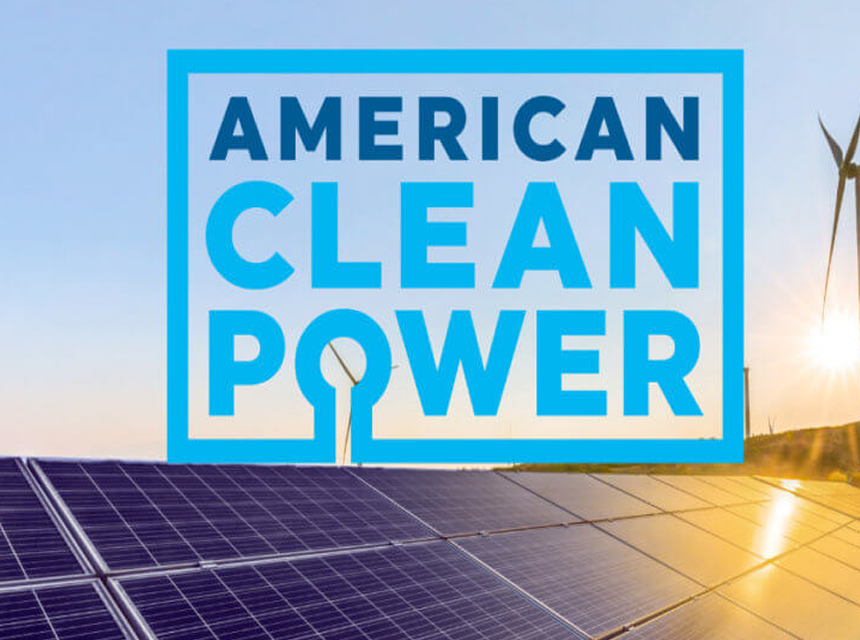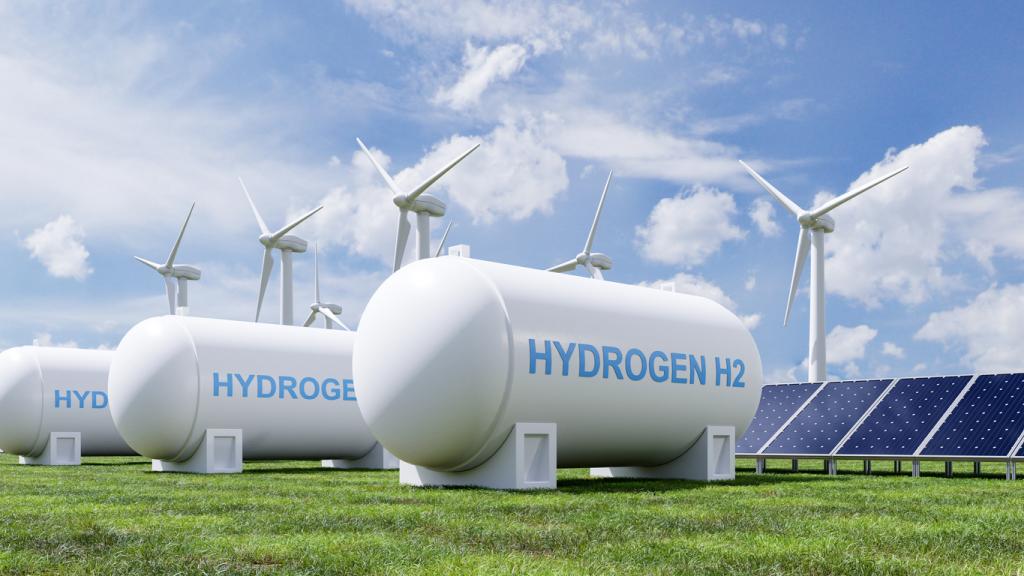
Gas local distribution companies, or gas LDCs, have been witnessing a reduction in their competitiveness in the energy industry. With increased efforts to electrify end-use appliances, and state and federal governments trying to reduce the emission of carbon, it is not surprising that gas utility companies are facing different challenges.
Gas LCDs are facing the threat of shrinking due to the need to reduce emissions, which will increase the cost conferred to the end-user, but experts like Moody’s Investors Service advise that they should combine renewable energy with natural gas to improve resilience.
Moody’s Investors Service released a research report stating that the gas LDCs are facing an existential threat to their business model because of the emissions reduction targets. This research comes a year after it was announced that different oil and gas sectors are facing problems with carbon transition.
With the awareness of global warming, many states are implementing decarbonization policies, and this reduces the hold that the natural gas companies have on the market. Also, there is increased electrification of everyday appliances. But, the report also includes recommendations for gas companies and further states that it is almost impossible to replace these companies because of their strategic advantages.
Gas utility companies have been trying to balance affordability based on the electric alternatives that their end users have available to them, with the importance of decarbonizing due to global warming. This gives them a dilemma, as decarbonizing will only incur costs that will make their services more expensive and less attractive to those considering electrical alternatives.
There are different ways that these companies can reduce emissions, but many of these ways will attract costs, and this will be passed on to the end users. By doing so, there will be more criticism from regulators who will disallow this, eventually leading to less competitiveness in the energy industry.
But, the LDCs still have an important strategic advantage that gives them an edge over other electrical alternatives available. This is because natural gas utility companies are able to provide areas or buildings with an impressive amount of energy on demand. For other alternatives to replace this, will be very expensive on their end. While this makes it difficult to replace them totally, this might not apply to all regions.
The president of the American Gas Association stated that the gas utility companies are aware of these challenges that they are facing and look to studies for policy recommendations, which provide a lot of guidance. It is clear that the gas sector will have to embrace a low-carbon future for it to survive.
The Guidehouse study provides a report which includes different policy recommendations for policymakers, regulators, stakeholder groups, and utilities. For instance, the Department of Energy and the Federal Energy Regulatory Commission. The purpose of the report is to recommend how all parties can improve their rules and interdependencies between the gas and electricity sector. This way, both sectors can benefit from each other and maintain their competitiveness.
For instance, the report recommended that the Federal Energy Regulatory Commission should set up baseline resilience requirements that all jurisdictional energy systems have to reach. They should also name pipeline and distribution infrastructure as part of critical loads for the electrical sector. The American Gas Association has stated that it is working on adopting these strategies by discussing them with policymakers and stakeholders at every level.
While the natural gas LDCs are facing an existential threat, there have been several whitepapers that provide strategies to improve their decarbonization process while maintaining competitiveness. A noteworthy mention is the one published by National Grid, along with RMI, the Environmental Defense Fund, the Regulatory Assistance Project and other utilities.
In the whitepaper published by this group of utilities, there were six broad strategies for natural gas local distribution companies to employ and use to increase their competitiveness. They are summarized below:
Establishing standards for low-carbon heating and fuel is one of the most important strategies in the paper. This will assist the gas utilities in investing in decarbonization strategies and technologies. At the same time, it provides them with a willing market and regulatory certainty.
For example, the California Public Utilities Commission has set procurement targets for natural gas companies to acquire renewable energy. Also, in Colorado, there is a standard that requires gas utility companies to come up with detailed plans that will reduce their emissions of methane and carbon dioxide without being too expensive.
Another research that has been published on this case is that from the American Gas Association, which is similar to that of the National Grid. The conclusion of this research note is that the gas system is critical to achieving the greenhouse gas emission goals that the United States has set for itself.
The paper published by the AGA is called Net-Zero Emissions Opportunities for Gas Utilities. In it, it was stated that to meet the economy-wide net-zero target by 2050 in the United States, the country will need significant amounts of gases, negative emissions technologies, and renewable and low-carbon electricity.
The report provides a national-level approach that makes use of the advantages of gas that other alternatives don’t offer. It states that the world can reduce its emissions by combining natural gas, fuels, and infrastructure.
For one, the study found that the pathways and extensive utility delivery system mostly used by natural gas provide opportunities for renewable and low-carbon gases. This will improve reliability and the energy system resilience, reduce the impact on the customers, provide stakeholders with options, and speed up emissions reduction.
Also, the natural gas infrastructure has the impressive ability to store and transport significant amounts of energy on demand, which is an important resource that will be needed to reduce greenhouse gas emissions. Using natural gas and its delivery infrastructure will help in reaching targets and reducing customer impacts.
The report also states that reducing emissions is possible by speeding up the use of tools available like high-efficiency natural gas applications, methane reduction technology, renewable gases, and other initiatives. Plus, the companies need supportive policies and regulations to achieve zero emissions.





